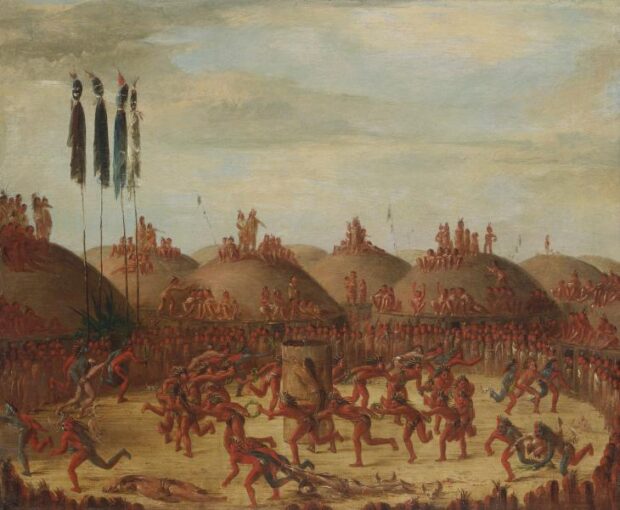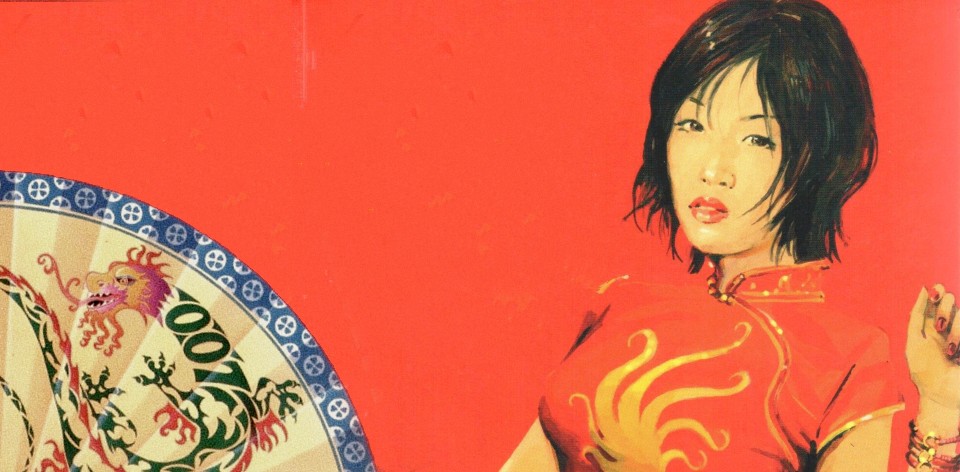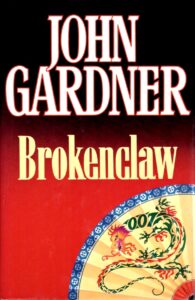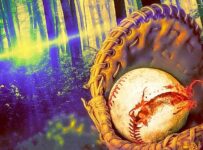Bond. James Bond. In the 007 Case Files, join me as I read all of the James Bond books, encompassing Ian Fleming and beyond. For Your Eyes Only: there’s spoilers ahead.
After a brief diversion into the film world with an adaptation of Licence to Kill, official continuation author John Gardner returns to his primary James Bond universe. Although the end of the Cold War has arrived, and MI6 is on the lookout for new threats, Gardner uses BROKENCLAW as a vehicle to travel back to the age of Ian Fleming. Unfortunately, he brings some of the cultural baggage back with him.
As seems to be the tradition, Bond begins this outing with a threat of resignation. Instead of just accepting it and ending the series, M sends Bond to British Columbia for some R&R. Bond becomes intrigued by a charismatic man named Lee Fu-Chu, described as a half-Blackfoot, half-Chinese philanthropist. He’s known as ‘Brokenclaw’ due to a physical deformity in his hand.
Bond is later ordered to go to San Francisco and investigate the kidnapping of two scientists working on a submarine detection system and countermeasure known as LORDS and LORDS DAY. Bond goes undercover with CIA agent “Chi-Chi” Sue to discover that Brokenclaw Lee has been working with the Chinese government in this nefarious plot.
“Go off to California. They’re all mad there, so you’ll be in good company.”
Although they were completely unrelated, it’s really interesting to see that both this and Permission to Die – the graphic novel from writer/illustrator Mike Grell that appeared around the same time – both take place in British Columbia and involve early warning missile systems. Both throwback to an earlier era, a natural reaction when another one is coming to an end and, unfortunately, they both contain a dose of racial and cultural stereotyping.
As one can imagine with a villain who has Native American and Chinese ancestry, especially one whose name is synonymous with his handicap, Gardner engages in a fair bit of ‘othering.’ Although there is speculation that Lee himself is playing into myths around his biracial ancestry, it’s mostly Gardner (referring to Lee as a “kind of half-breed”) who does very little to elevate Lee beyond early Fu Manchu models. It’s exacerbated by a climax in which Lee and Bond fight with bow and arrows and compete in a tortuous ordeal based on the Mandan O-kee-pa Ceremony. It’s a simplification and appropriation of a traditional ceremonial trial that Gardner groaningly compounds by drawing comparisons between “the old brutal ways” and the modern “reservation Indians,” ignoring an entire history of colonialism in-between. We guess Bond is keeping up the British end, after all.
It’s worth considering Brokenclaw in the tradition of other Asian villains like Dr. Julius No. While Gardner stops short of calling anybody a “Chegro” (as Fleming did in 1958), he gives him henchmen with names like Bone Bender Ding while following Fleming’s Dr. No model in every other way. Brokenclaw even has a visible handicap, just as No sported insect-like metal mandibles for hands. “There are times when I don’t know whether to be inscrutable and mysterious or play the noble savage,” observes Lee, while revealing that Gardner only envisages these two possible roles for Lee’s mixed ancestry. Thankfully, Chi-Chi is no Honeychile Rider. Bond is put in his place at least once by Chi-Chi, when he says “You Chinese are so inscrutable.” Chi-Chi quips back: “I’m an inscrutable American, Captain Bond.”

Speaking of American attitudes, there’s a weird critical thread against the United States and anything vaguely new (or at least Gardner’s version of new). M at one point objects to Bond’s “constant use of these odd American terms” (in reference to calling someone “a bit of a flake”). Bond later has to explain “the American phrase ‘real soon’.” Welcome to the crazy days 1990? What’s even stranger is that this isn’t the first time the issue has cropped up in Gardner’s books. While it is presumably some good natured ribbing from across the pond, it also comes off as quaintly out of touch.
If we attempt to paddle out of these messy cultural waters, the same ones we’ve always had to wade with Bond stories, we’re still left with an odd beast of a book. It’s story set in the immediate post-Cold War era that recognises the significance of Tiananmen Square democracy protests, deals with nuclear submarines, and has sub-plot about the collapse the dollar — but literally ends with bows and arrows. Gardner is almost aggressively traditional here, which might have been a reaction to a film franchise that was at a crossroads. So, when he next penned the character, he drew on his own military background for a very different approach to the character. More on that in the next instalment of the 007 Case Files.
James Bond will return…in The Man from Barbarossa.





